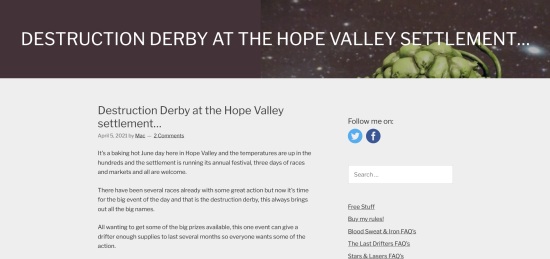The obvious trimming of flash and filing of mould lines ensues. Particular attention is paid to the bases - there isn't really any other modelling work that needs doing at this point.
After discussion with Editor in Chief Bill, an urban setting is chosen (although admittedly "because it looks cool" plays a large part in the decision... ![]() ); this unit is part of the TN1936 invasion of the Eastern Sun Emirates, and as such will be based on asphalt and painted in urban camouflage.
); this unit is part of the TN1936 invasion of the Eastern Sun Emirates, and as such will be based on asphalt and painted in urban camouflage.

First, the base is roughened so that putty has something to grip, then a thin layer of Milliput applied. Whilst still wet, the surface of the Milliput is dappled repeatedly with a stiff brush - the kind commonly used for drybrushing. I keep this brush specifically for this purpose - its use for paint application has long since expired.
This process doesn't give a terrifically deep texture, but remember, a gear is 1/144th scale; the relative flatness of asphalt doesn't deserve anything larger.

I glue the heads and rocket pods on, as well as accessories such as grenades, before painting. The pods all get short pins, since they're probably the easiest parts to break off. The arms are left separate for now, but holes are drilled and pins glued into the shoulders ready to fit later.
Grenade placement on gears is pretty much left to the individual; DP9 examples include grenades on the foot sensor guards, on the skirts, on the sides of the greaves... I try to mix it up a bit so the figures don't look so boring (and to provide another clue to identify between them in a game!) and also take the opportunity to cunningly cover up any particularly bad areas of flash that couldn't be completely cleaned up. The rocket pods are mounted on different shoulders - again, to give another identity clue on the tabletop.









